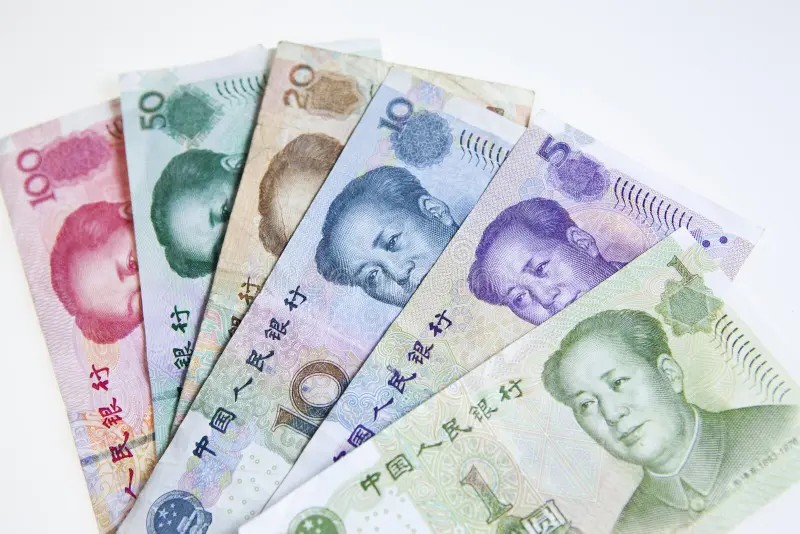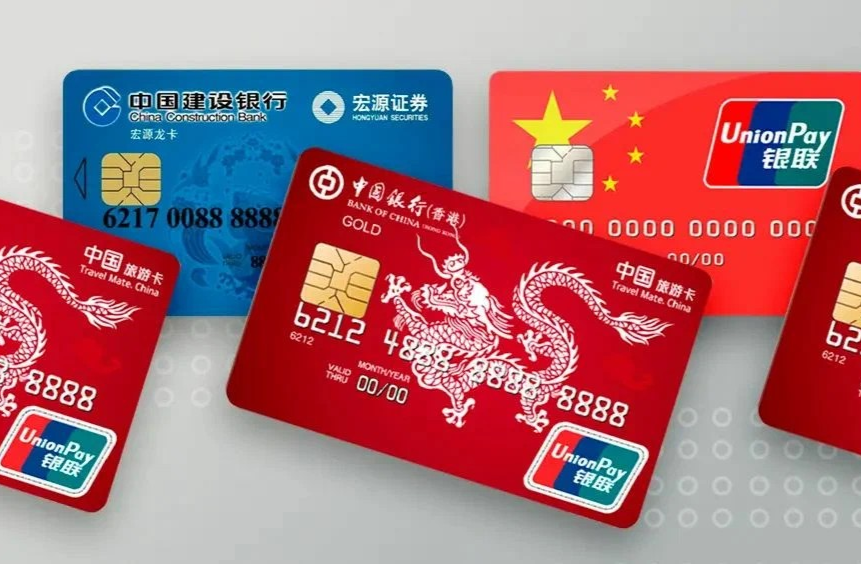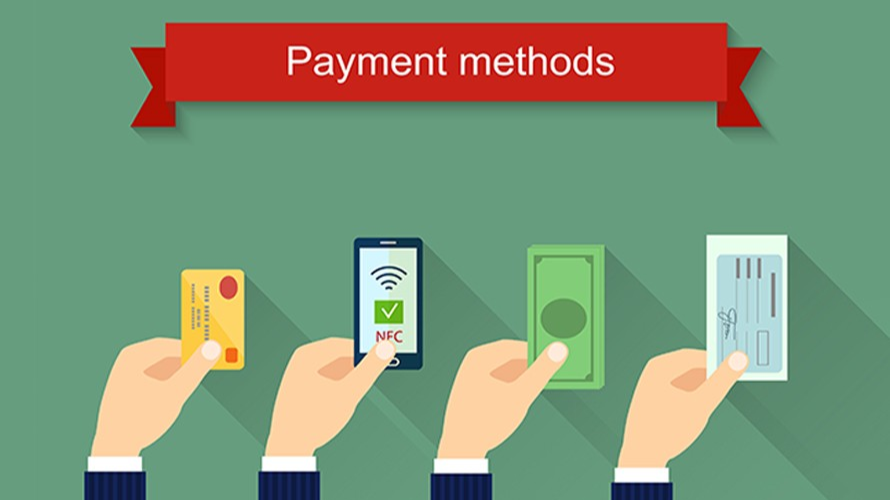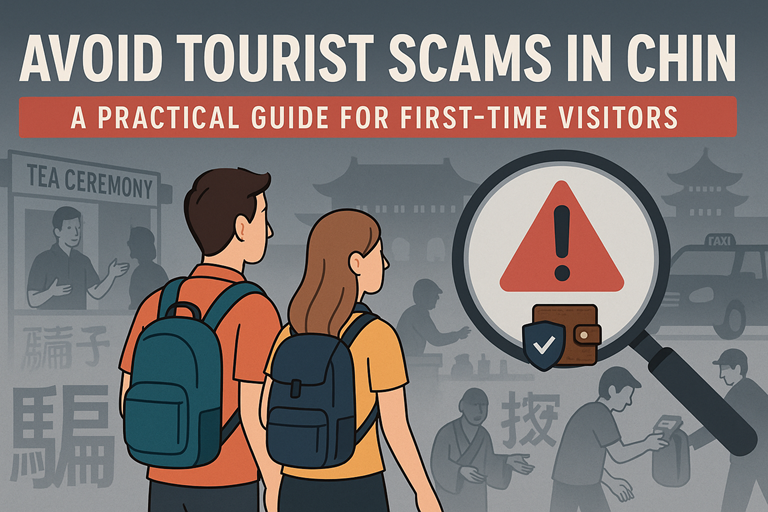Beyond Mobile Payments:
What Other Bank Cards and Payment Methods Work in China?
While China has unequivocally embraced mobile payments like Alipay and WeChat Pay, transforming its transactional landscape into one of the most digitally advanced globally, international travelers often wonder about the utility of more traditional payment methods. If you’re unable to use mobile payments, or simply prefer to have alternatives, what are your options?
This guide provides a detailed look at the bank cards and other payment methods that can still be used in China, their acceptance levels, and practical advice for navigating a system heavily skewed towards QR codes.

I. Introduction: The Chinese Payment Landscape in 2025
It cannot be overstated: Alipay and WeChat Pay are the undisputed kings of daily transactions in China. From high-end boutiques to humble street vendors, QR code payments are the norm. For travelers, successfully setting up these mobile payment apps (as detailed in Article 2 and 3 of this series) offers the most seamless experience.
However, there are various reasons why a traveler might seek alternatives: difficulties linking international cards to mobile apps, a preference for using physical cards, a dead phone battery, or simply the desire for a reliable backup. Fortunately, other options do exist, though their acceptance and convenience vary significantly.
II. International Credit and Debit Cards (Direct Use at Point of Sale)
Using your international credit or debit card directly at a merchant’s point-of-sale (POS) terminal is possible in China, but its acceptance is not as widespread as in many Western countries.
A. Which Cards Are Generally Accepted?
The most commonly accepted international card networks are:
- Visa: Widely recognized among merchants equipped for international cards.
- Mastercard: Similar acceptance levels to Visa.
- American Express (Amex): Typically accepted at higher-end establishments that cater to international clientele (e.g., luxury hotels, airlines, upscale retailers). Acceptance is less broad than Visa/Mastercard.
- JCB (Japan Credit Bureau): Accepted in some tourist areas and establishments that frequently serve Japanese tourists.
- Diners Club: Limited acceptance, usually confined to very high-end travel and dining venues.

B. Where Can You Typically Use International Cards?
Expect to successfully use your international cards at:
- Hotels: Most mid-range to high-end international and reputable domestic hotel chains will accept these cards for payment and holding deposits.
- Upscale Restaurants & Some International Chain Restaurants: Restaurants in major cities that cater to tourists and expatriates, as well as popular international food chains (e.g., Starbucks, McDonald’s, Pizza Hut in major cities), often accept foreign cards.
- Major Department Stores & Shopping Malls: High-end department stores and large shopping malls in Tier 1 and Tier 2 cities (like Beijing, Shanghai, Guangzhou, Shenzhen) are more likely to have POS terminals equipped for international cards.
- International Airports & Duty-Free Shops: These locations are well-equipped to handle international card payments.
- Some Major Tourist Attractions: Ticket counters at prominent tourist sites may accept international cards for entry fees.
- Flagship Stores of International Brands: Stores like Apple, Nike, Adidas, etc., in major commercial areas will generally accept international cards.
- ATMs for Cash Withdrawal: This is a crucial function. Most major bank ATMs will allow you to withdraw RMB using your international debit or credit card (covered in Article 1).
C. Where Acceptance of International Cards is Unlikely or Rare:
It’s important to manage expectations. You will likely find it difficult or impossible to pay directly with your international card at:
- Small Local Shops & Restaurants: The vast majority of small, family-run businesses, local eateries, and neighborhood convenience stores are not set up to process international credit cards due to higher transaction fees and a preference for mobile payments or cash.
- Local Markets & Street Vendors: These will almost exclusively use mobile payments or cash.
- Most Taxis: While some taxis in major cities might have POS terminals, they are often for local UnionPay cards or may not reliably process international cards. Mobile payment or cash is the norm.
- Many Online Chinese Platforms (Directly): Unless an online platform has specifically integrated international card payments (like some airlines or major hotel booking sites), you usually cannot use your foreign card directly. Linking it via Alipay/WeChat Pay is the workaround.
- Local Public Transportation: Paying for local buses or topping up metro cards directly with a foreign credit card is generally not possible. Cash or local transport cards/apps are used.

D. Important Considerations When Using International Cards Directly:
- Inform Your Bank Before Travel: This is critical. Notify your bank of your travel dates and destinations to prevent your card from being flagged for suspicious activity and blocked.
- Chip and PIN / Chip and Signature: Most modern POS terminals in China support chip cards. Be prepared to enter your PIN or sign for transactions. Signature verification is still common for foreign cards.
Dynamic Currency Conversion (DCC):
- You might be offered the choice to pay in your home currency or in Chinese Yuan (RMB) at some POS terminals. This is DCC.
- It is almost always financially better to choose to pay in the local currency (RMB). The exchange rate offered by DCC services is typically less favorable than the rate your own bank will give you, and it may include hidden fees. Politely insist on being charged in RMB.
Foreign Transaction Fees:
Your card-issuing bank will likely charge a foreign transaction fee (typically 1-3% of the transaction amount) for purchases made in China. Check your card’s terms and conditions. Some travel-focused credit cards waive these fees.
Card Surcharges by Merchants:
While not common, some smaller merchants who do accept international cards might try to levy a surcharge to cover their higher processing costs. This is officially discouraged by card networks but can occasionally happen.
Staff Unfamiliarity:
Even if a POS terminal is capable of accepting international cards, staff in smaller establishments may be unfamiliar with the process if they predominantly handle mobile payments. Patience may be required.
Have a Backup Card: Don’t rely on a single card. Carry at least two different international cards (ideally from different networks like Visa and Mastercard) in case one is problematic.
Daily Limits: Be aware of your card’s daily spending or withdrawal limits.
III. Cash (Renminbi – RMB): The Universal Backup
As detailed in Article 1 of this series (“Understanding Chinese Yuan (RMB): Currency Exchange, ATMs, and When to Use Cash”), physical currency remains a vital payment method for tourists.

A. Legal Requirement for Acceptance:
The Chinese government has emphasized that it is illegal for merchants to refuse payment in RMB cash. This is to ensure convenience for all, including tourists and those who may not use mobile payments. While you might get a surprised look or a slight delay as change is found in hyper-digital environments, your cash should be accepted.
B. Practical Scenarios for Cash Use:
- Paying small vendors, street food stalls, and at local markets.
- Many taxis (especially if their mobile payment system is down or you don’t have it set up).
- Tipping (though generally not customary, in rare situations a small cash token is the only way).
- Emergency situations or when digital payments fail (dead phone, no internet).
- Immediate expenses upon arrival before you’ve set up mobile payments or found an ATM.
- Covering deposits for certain services if card holds are not preferred.
C. Obtaining and Managing Cash:
Refer to Article 1 for detailed information on currency exchange and ATM withdrawals. Remember to request smaller denominations when exchanging currency and try to use larger notes (¥100) for larger purchases to get change.
IV. UnionPay Cards: China’s Domestic Champion

A. What is UnionPay (中国银联 – Zhōngguó Yínlián)?
UnionPay is China’s domestic bank card network and has become a major international player. If your card bears the UnionPay logo, its acceptance within China is nearly universal.
B. For Foreigners Holding UnionPay Cards:
Some foreigners may have UnionPay cards:
- Issued by banks in their home country (UnionPay has partnerships with banks in many countries).
- Obtained if they have previously opened a bank account in Mainland China.
- Some international “travel cards” are UnionPay branded.
C. Near-Universal Acceptance:
UnionPay cards are accepted at virtually all POS terminals and ATMs across China, making them as convenient as local cards if you possess one.
Tip: If you frequently travel to China, consider obtaining a UnionPay card from your home country’s bank before your trip for maximum convenience.
V. Other Digital Wallets (Apple Pay, Google Pay, Samsung Pay with International Cards)
These digital wallets use Near Field Communication (NFC) technology to allow contactless payments from smartphones or smartwatches, using your linked international credit/debit cards (e.g., a Visa card linked to Apple Pay).

A. How They Work:
Your phone securely transmits your linked card’s information to an NFC-enabled POS terminal.
B. Acceptance in China:
Highly Limited and Inconsistent: While your Apple Pay (with a linked Visa) might work flawlessly in your home country, its acceptance in China is very hit-or-miss.
Dependency on POS Terminals:
It requires the merchant’s POS terminal to be:
- NFC-enabled.
- Specifically configured to accept contactless payments from international card networks (like Visa PayWave or Mastercard Contactless).
QR Codes Dominate:
The overwhelming prevalence of QR code-based systems (Alipay/WeChat Pay) means that many merchants, even if they have modern POS terminals, may not have the international contactless functionality enabled or may be unfamiliar with it.
Where It Might Work:
You have a slightly better chance at:
- Major international hotel chains
- Global retail chains (like Apple Stores, Starbucks, McDonald’s in major cities)
- POS terminals that explicitly display contactless symbols for Visa/Mastercard
Recommendation: Do NOT rely on Apple Pay, Google Pay, or Samsung Pay as a primary payment method in China. Consider it a lucky bonus if it works. The infrastructure and user habits are overwhelmingly geared towards QR codes.
VI. Prepaid Travel Cards
These are cards onto which you load funds before you travel. They are often branded by Visa or Mastercard.

A. Types:
- Foreign Currency Loaded: You load funds in your home currency, and it’s converted to RMB at the point of sale or withdrawal, potentially with fees.
- CNY Loaded: Less common for foreigners to obtain directly unless through specialized providers, but some cards allow holding balances in multiple currencies including CNY.
B. Acceptance:
If branded with Visa or Mastercard, their acceptance will be similar to standard international credit/debit cards (as described in Section II).
C. Pros:
- Budget Control: You can only spend what you load.
- Security: Not directly linked to your main bank account.
- Potentially Lock-in Exchange Rates: Some cards allow you to load CNY at a fixed rate, though this isn’t always the most favorable.
D. Cons:
- Fees: Can include activation fees, reload fees, foreign transaction fees (if not a CNY card), inactivity fees, and ATM withdrawal fees. Read the terms very carefully.
- Reloading: Reloading the card while you are in China can be difficult or impossible if it requires accessing your home bank account through systems that might be blocked or slow.
- Not as Flexible: Less flexible than a standard credit card.
VII. Traveler’s Cheques: An Increasingly Obsolete Option

A. Declining Relevance:
Traveler’s cheques (e.g., American Express) are now largely obsolete and rarely used or understood in most parts of the world, including China.
B. Difficulties in Cashing:
Finding a bank that will still cash traveler’s cheques can be a significant challenge, likely limited to a very few main branches of major banks (like Bank of China) in the largest cities. The process is typically time-consuming and may involve unfavorable exchange rates and fees.
C. Recommendation:
It is strongly advised NOT to rely on traveler’s cheques for your trip to China in 2025. They offer minimal convenience and significant hassle.
VIII. What Generally DOESN’T Work for Everyday On-the-Ground Payments
For typical tourist expenses, the following are generally not viable:
- Direct Bank Transfers/Wire Transfers from Foreign Accounts: Too slow, expensive, and impractical for point-of-sale transactions. (Might be used for very large pre-payments for specialized tours or services directly with providers).
- Personal or Company Cheques from Outside China: Not accepted.
- Cryptocurrencies: China has strict regulations regarding cryptocurrencies, and they are not recognized as legal tender for transactions of goods and services. Attempting to use them for everyday payments is not a viable option.

IX. Conclusion: Crafting Your Payment Strategy for China
Navigating payments in China as an international traveler in 2025 requires a multi-layered approach:
Primary Method (Recommended): Set up Alipay and/or WeChat Pay with your linked international cards before your trip (see Articles 2 & 3). This will provide the most convenience and widest acceptance.
Essential Backup 1: International Credit/Debit Cards: Carry at least two international cards (e.g., a Visa and a Mastercard from different banks). Use them where accepted (hotels, upscale establishments) and for ATM withdrawals. Inform your bank of your travel plans.
Essential Backup 2: Cash (RMB): Always have a reasonable amount of Chinese Yuan on hand for smaller vendors, taxis, tips (if applicable), and as an ultimate fallback if digital methods fail. Obtain this through ATMs or currency exchange (see Article 1).
Situational Options: UnionPay cards (if you have one) are excellent. Prepaid travel cards can be considered if they suit your budgeting style, but understand their limitations. Other digital wallets like Apple Pay are highly unreliable as a primary method.
By understanding these options and preparing accordingly, you can ensure smooth financial transactions and focus on enjoying your incredible journey through China.

Enjoyed this article? Consider buying me a coffee to support more content like this!
💖 1 people have clicked to support this article.


